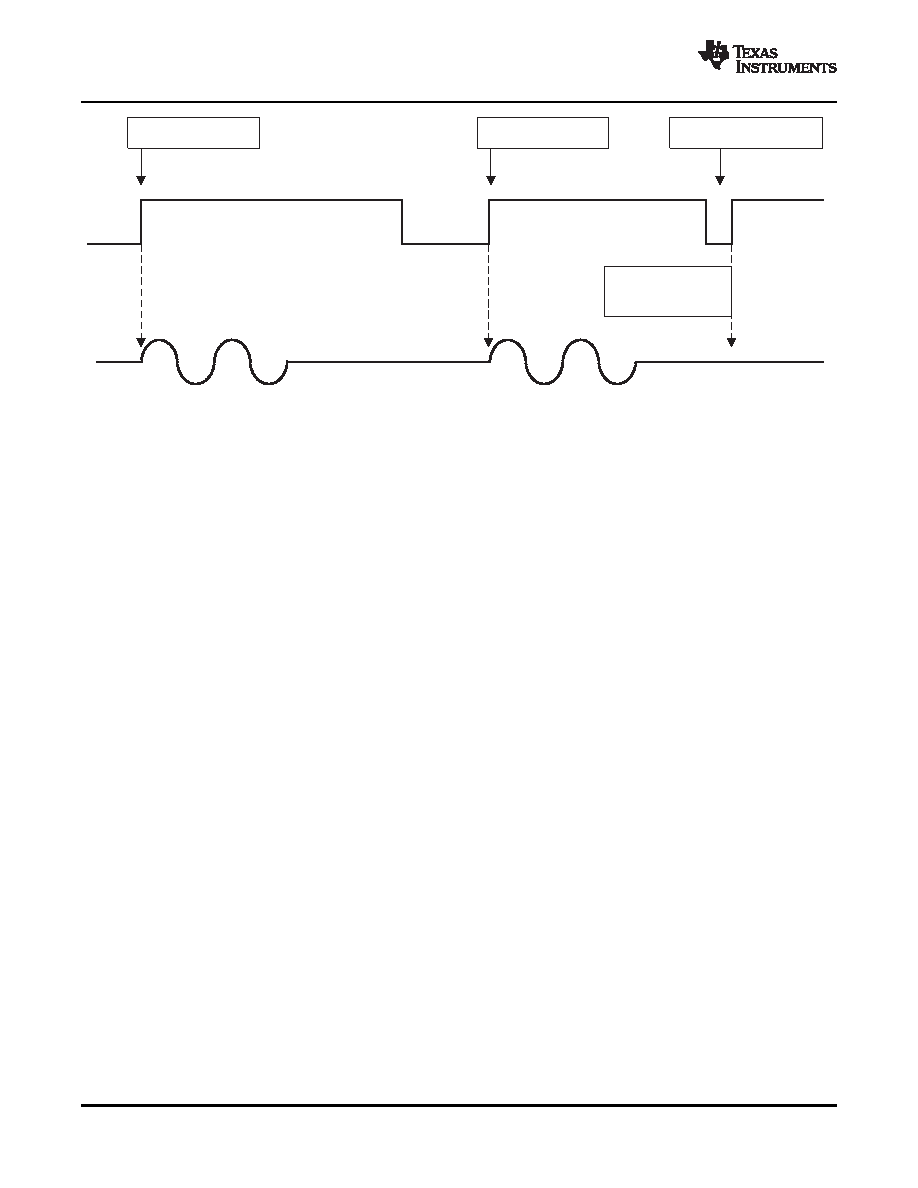- 您現(xiàn)在的位置:買賣IC網(wǎng) > PDF目錄98302 > TSC2117IRGZT (TEXAS INSTRUMENTS INC) SPECIALTY CONSUMER CIRCUIT, QCC48 PDF資料下載
參數(shù)資料
| 型號: | TSC2117IRGZT |
| 廠商: | TEXAS INSTRUMENTS INC |
| 元件分類: | 消費(fèi)家電 |
| 英文描述: | SPECIALTY CONSUMER CIRCUIT, QCC48 |
| 封裝: | 7 X 7 MM, GREEN, PLASTIC, VQFN-48 |
| 文件頁數(shù): | 152/192頁 |
| 文件大小: | 2728K |
| 代理商: | TSC2117IRGZT |
第1頁第2頁第3頁第4頁第5頁第6頁第7頁第8頁第9頁第10頁第11頁第12頁第13頁第14頁第15頁第16頁第17頁第18頁第19頁第20頁第21頁第22頁第23頁第24頁第25頁第26頁第27頁第28頁第29頁第30頁第31頁第32頁第33頁第34頁第35頁第36頁第37頁第38頁第39頁第40頁第41頁第42頁第43頁第44頁第45頁第46頁第47頁第48頁第49頁第50頁第51頁第52頁第53頁第54頁第55頁第56頁第57頁第58頁第59頁第60頁第61頁第62頁第63頁第64頁第65頁第66頁第67頁第68頁第69頁第70頁第71頁第72頁第73頁第74頁第75頁第76頁第77頁第78頁第79頁第80頁第81頁第82頁第83頁第84頁第85頁第86頁第87頁第88頁第89頁第90頁第91頁第92頁第93頁第94頁第95頁第96頁第97頁第98頁第99頁第100頁第101頁第102頁第103頁第104頁第105頁第106頁第107頁第108頁第109頁第110頁第111頁第112頁第113頁第114頁第115頁第116頁第117頁第118頁第119頁第120頁第121頁第122頁第123頁第124頁第125頁第126頁第127頁第128頁第129頁第130頁第131頁第132頁第133頁第134頁第135頁第136頁第137頁第138頁第139頁第140頁第141頁第142頁第143頁第144頁第145頁第146頁第147頁第148頁第149頁第150頁第151頁當(dāng)前第152頁第153頁第154頁第155頁第156頁第157頁第158頁第159頁第160頁第161頁第162頁第163頁第164頁第165頁第166頁第167頁第168頁第169頁第170頁第171頁第172頁第173頁第174頁第175頁第176頁第177頁第178頁第179頁第180頁第181頁第182頁第183頁第184頁第185頁第186頁第187頁第188頁第189頁第190頁第191頁第192頁

PenDown
PenUp
Transitionat
Pen-DownDetection
Transitionat
Pen-DownDetection
ShortPulseIgnoredDueto
Pen-UpDebounceSetting
PenDown
NoBeepIsInitiated
Due ToPen-Up
Debounce TimeSetting
T0203-01
5.6.9
Analog Audio Routing
5.6.9.1 Analog Output Volume Control
5.6.9.2 Headphone Analog Output Volume Control
TSC2117
Low-Power Audio Codec With Embedded miniDSP, Stereo Class-D
Speaker Amplifier, and Smart Four-Wire Touch-Screen Controller
SLAS550A – APRIL 2009 – REVISED JUNE 2009
www.ti.com
Figure 5-36. Automatic Beep Mode With Pen-Up Debounce Enabled
Because the key click function uses the digital signal processing block, the CODEC_CLKIN, DAC, analog
volume control, and output driver must be powered on for the key-click sound to occur.
The TSC2117 has the capability to route the DAC output to either the headphone or the speaker output. If
desirable, both output drivers can be operated at the same time while playing at different volume levels.
The TSC2117 provides various digital routing capabilities, allowing digital mixing or even channel
swapping in the digital domain. All analog outputs other than the selected ones can be powered down for
optimal power consumption.
The output volume control can be used to fine-tune the level of the mixer amplifier signal supplied to the
headphone driver or the speaker driver. This architecture supports separate and concurrent volume levels
for each of the four output drivers. This volume control can also be used as part of the output pop-noise
reduction scheme. This feature is available even if the ADC and DAC are powered down.
For the headphone outputs, the analog volume control has a range from 0 dB to –78 dB in 0.5-dB steps
for most of the useful range plus mute, which is shown in Table 5-37 and Table 5-38. This volume control
includes soft-stepping logic. Routing the left-channel DAC output signal to the left-channel analog volume
control is done by writing to page 1/register 35, bit D6. Routing the right-channel DAC output signal to the
right-channel analog volume control is done by writing to page 1/register 35, bit D2.
Changing the left-channel analog volume for the headphone is controlled by writing to page 1/register 36,
bits D6–D0. Changing the right-channel analog volume for the headphone is controlled by writing to
page 1/register 37, bits D6–D0. Routing the signal from the output of the left-channel analog volume
control to the input of the left-channel headphone power amplifier is done by writing to page 1/register 36,
bit D7. Routing the signal from the output of the right-channel analog volume control to the input of the
right-channel headphone power amplifier is done by writing to page 1/register 37, bit D7.
The analog volume-control soft-stepping time is based on the setting in page 0/register 63, bits D1–D0.
APPLICATION INFORMATION
62
相關(guān)PDF資料 |
PDF描述 |
|---|---|
| TSC2300IPAGG4 | SPECIALTY CONSUMER CIRCUIT, PQFP64 |
| TSC2300IPAGR | SPECIALTY CONSUMER CIRCUIT, PQFP64 |
| TSC2300IPAG | SPECIALTY CONSUMER CIRCUIT, PQFP64 |
| TSC2300IPAGRG4 | SPECIALTY CONSUMER CIRCUIT, PQFP64 |
| TSC2301IPAGR | SPECIALTY CONSUMER CIRCUIT, PQFP64 |
相關(guān)代理商/技術(shù)參數(shù) |
參數(shù)描述 |
|---|---|
| TSC2117IRGZT | 制造商:Texas Instruments 功能描述:Touch Screen Controller IC |
| TSC22 | 制造商:未知廠家 制造商全稱:未知廠家 功能描述:EURO TERMINAL BLOCKS |
| TSC2200 | 制造商:BB 制造商全稱:BB 功能描述:PDA ANALOG INTERFACE CIRCUIT |
| TSC2200EVM | 功能描述:觸摸傳感器開發(fā)工具 Touch Screen Contr Eval Mod RoHS:否 制造商:Cypress Semiconductor 工具用于評估: 接口類型: 工作電壓: 最大工作溫度: |
| TSC2200IPW | 功能描述:觸摸屏轉(zhuǎn)換器和控制器 Prog 4-Wire w/12-Bit 125KHz ADC & Key Ifc RoHS:否 制造商:Microchip Technology 類型:Resistive Touch Controllers 輸入類型:3 Key 數(shù)據(jù)速率:140 SPS 分辨率:10 bit 接口類型:4-Wire, 5-Wire, 8-Wire, I2C, SPI 電源電壓:2.5 V to 5.25 V 電源電流:17 mA 工作溫度:- 40 C to + 85 C 封裝 / 箱體:SSOP-20 |
發(fā)布緊急采購,3分鐘左右您將得到回復(fù)。